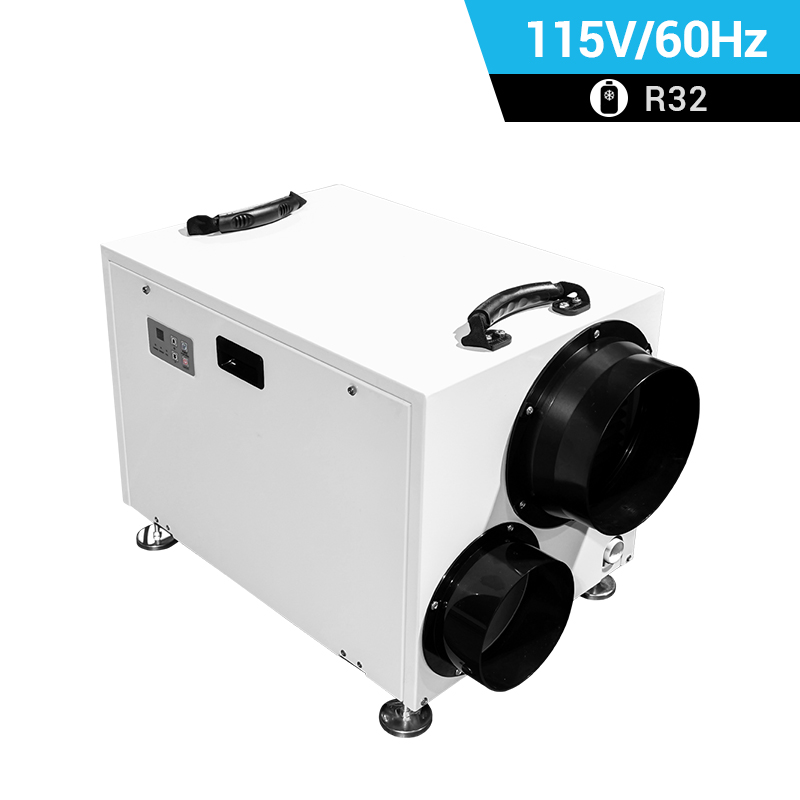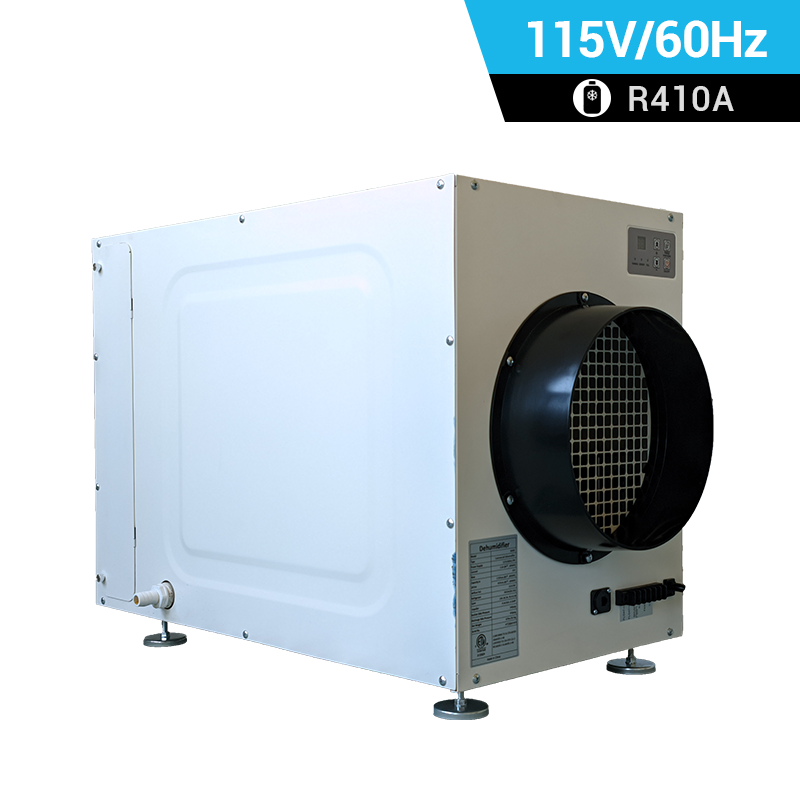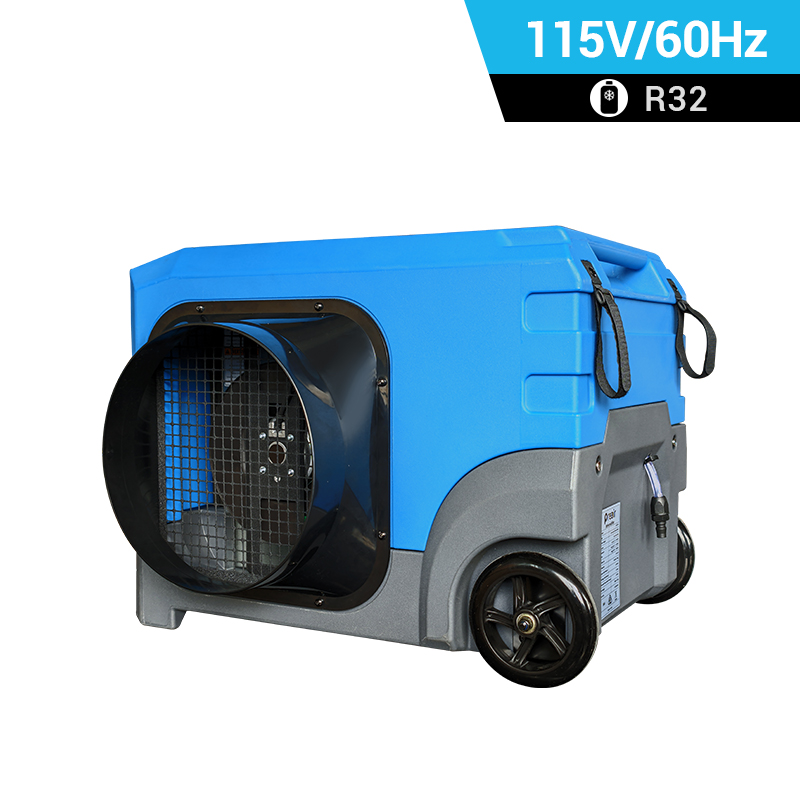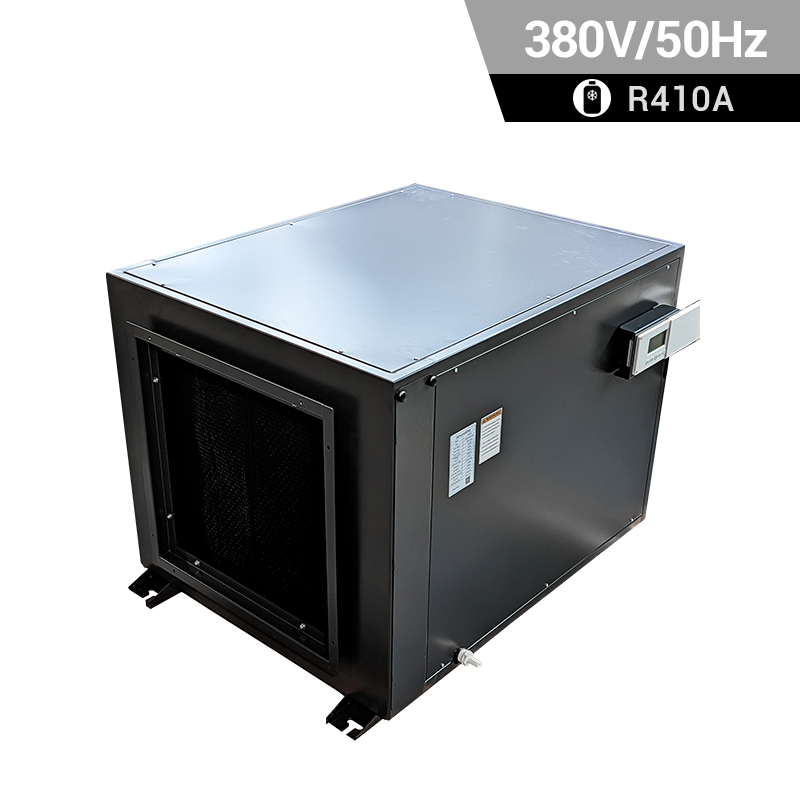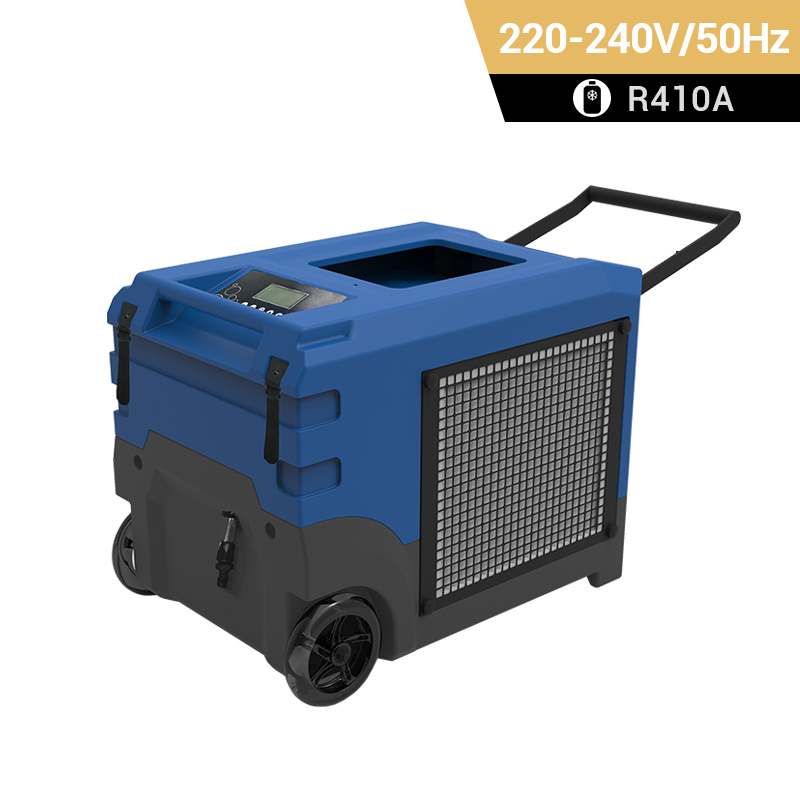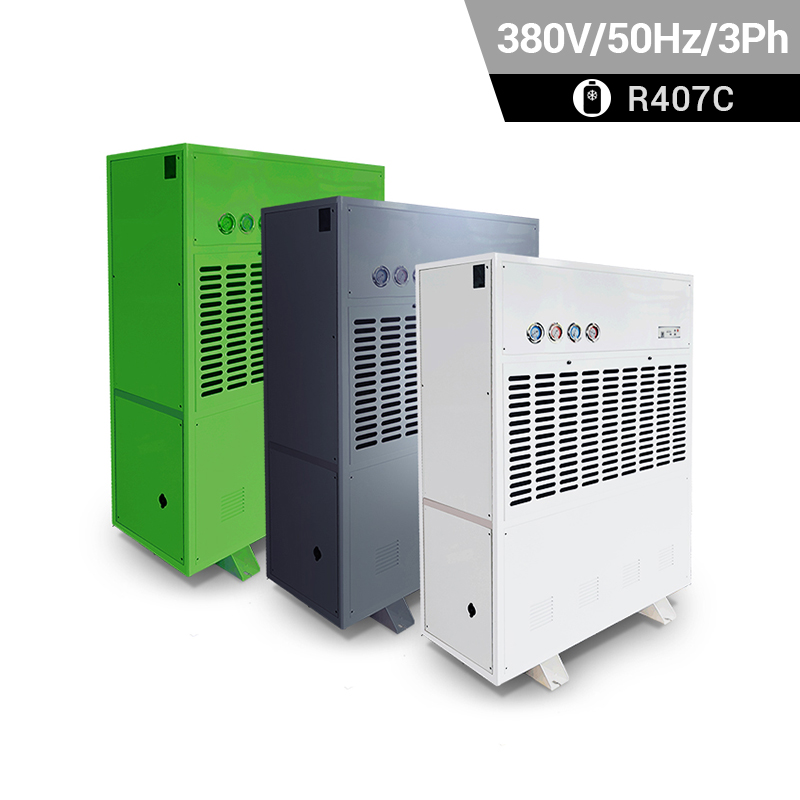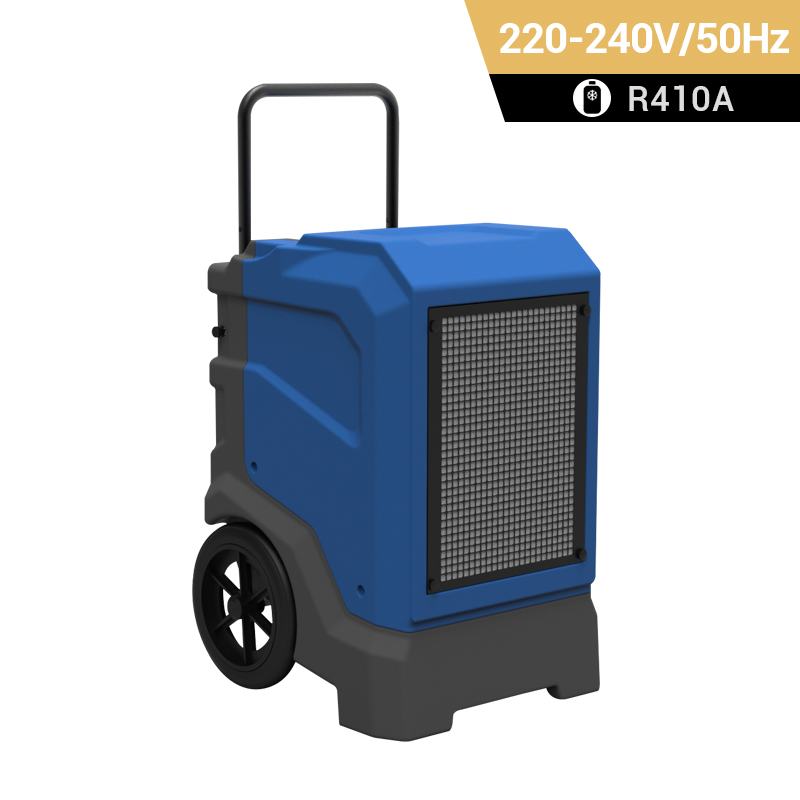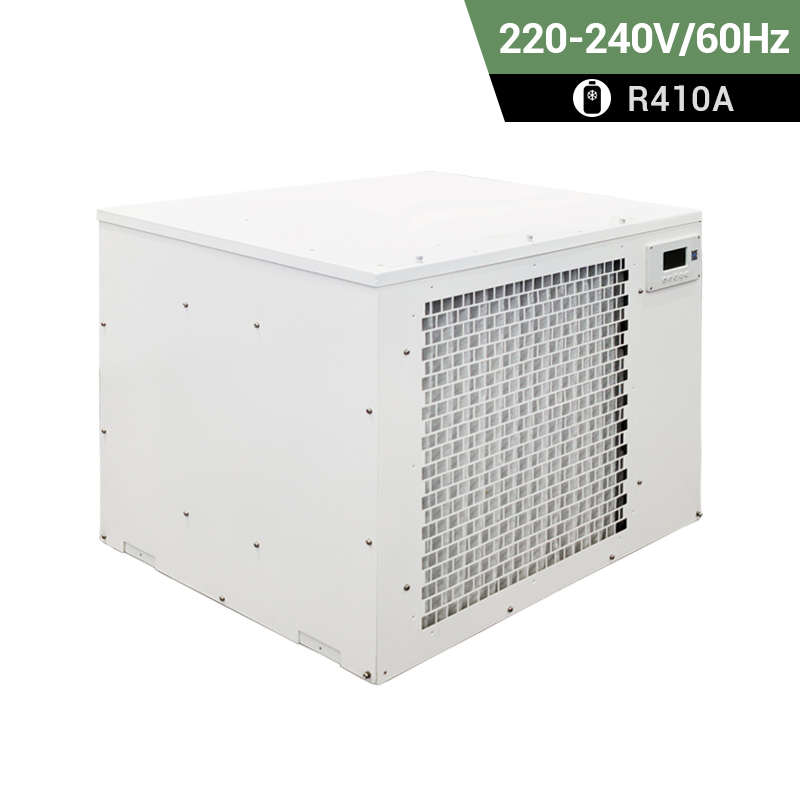 +86-13376814803
+86-13376814803  robert@hzhongtai.com
robert@hzhongtai.com
Dehumidifier For Encapsulated Crawl Space
Do you need dehumidifier in encapsulated crawl space?
It is recommended to apply dehumidifier in encapsulated crawl space.
Crawling space refers to an area on the top floor of a house that is not high enough to be used as a residential area and is usually not yet completed. Due to the large amount of heat escaping through the attic, this area is usually insulated, which can make the house warmer and reduce heating costs. Since this space is rarely suitable for use as a bedroom, study, or office, it is the most common storage option for people.
Mold growth is a common problem in crawling spaces. In some rare cases, an attic ladder space refers to a part of the enclosed part of the attic, with a low ceiling located in a larger and more livable attic space. For example, if a person transforms an attic into an office or guest room, and a portion of the attic is too low to be used for residential purposes, there may still be a crawling space. In this case, the area may have been intentionally cut out of a larger space, which has been transformed into a finished house so that the homeowner can reserve a storage space.
In humid attic crawling spaces, toxic black mold can attack any porous or organic material. If the crawling space is not properly sealed and the environment inside the space is not properly maintained, it may breed mold and pests. If this situation occurs, the items stored inside may be damaged. Although crawling spaces should be properly sealed to prevent external factors, the best approach for homeowners is to install one or more ventilation holes to allow air to flow between the crawling space and other areas of the house. This can regulate the air in the space and other parts of the house together, helping to prevent decay and mold. At the same time, it is possible to install a whole house dehumidifier. The WH series dehumidifiers produced by Preair not only have dehumidification function, but also fresh air function. It can be connected to the HVAC system to achieve comprehensive environmental control.
Related Products





